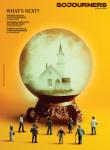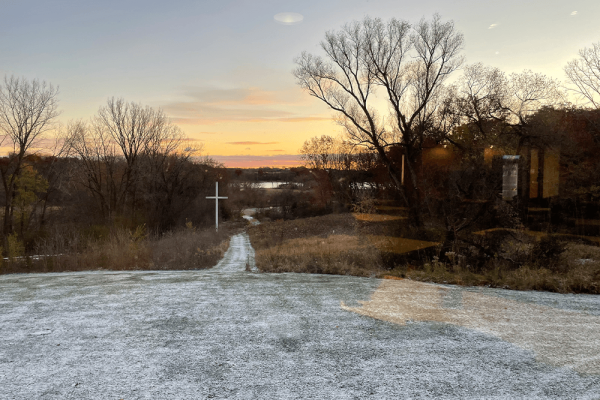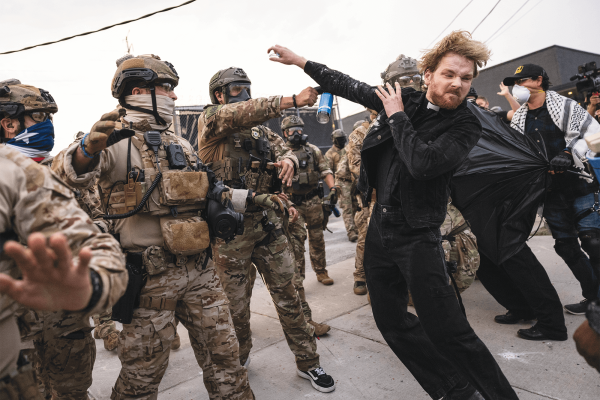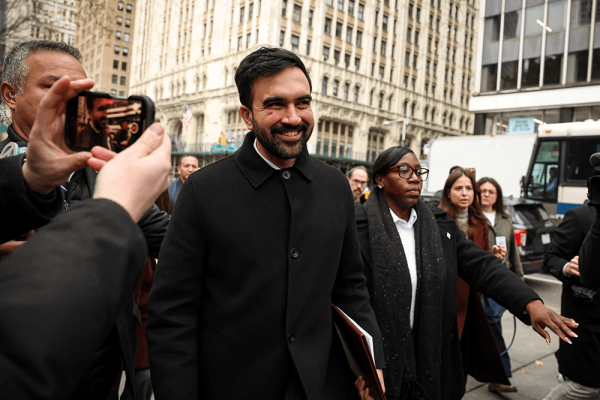BACK IN FEBRUARY, I volunteered to drop off Lenten kits to members of the church I started attending several months earlier. Being relatively new to the city and congregation, having recently moved to the area, I was unfamiliar with most of the people on my list, as well as the neighborhoods, street names, apartment complexes, and long-term care facility indicating their residences. Assisting with Ash Wednesday before the pandemic might have been a fairly routine way of familiarizing myself with fellow parishioners—one of those innumerable little face-to-face encounters that slowly builds familiarity and trust in a church. This year, of course, there was none of that. My volunteer experience was isolated and individual. Ferrying containers of ashes, devotional booklets, and craft activities to people’s doorsteps and mailboxes, I saw no one, save the care facility receptionist.
This almost completely impersonal experience was also the most powerful ecclesial encounter I have had throughout the pandemic—the one that felt most like church.
During the course of COVID-19’s restriction of in-person worship, I went inside a church only a handful of times. Once to say goodbye to the congregation I left when I moved from Washington, D.C.; once to get ordained in my hometown; twice to pick up liturgical kits at the church I started attending in my new city; and once to guest preach at this church, standing inside a sealed pulpit and preaching to a mostly empty sanctuary. All visits, except for the kit pick-ups, were livestreamed. I initially thought that being back inside a church after a forced separation would be some awe-inspiring faith moment—like coming home to God. What my experience this year taught me is that we never truly left. It sounds cliché, and maybe a bit untrue—after all, though the church is the body of Christ, the people and not the four walls, Zoom is not people. Virtual is just that: virtual. But that difference is precisely what I experienced when making Lenten deliveries. Driving to people’s homes, walking along their streets, encountering new neighborhoods (or rediscovering old ones, as I did upon realizing that people whose names I had seen only on screen were around the corner from me)—with each delivery, I felt like I was drawing invisible lines of connection between my residence and those of my fellow church members, my body and their bodies, locating us together in the world for the first time. It felt like communion.
While each moment inside a sanctuary this year was memorable and meaningful, it was outside of church where I found the body of Christ. Church went with us because that is where it lives. Not on Zoom, or on the technological platform du jour, but with us.
Looking to the stories of my cultural and religious ancestors, I see this truth lived out. Spiritual displacement is more common than not. In fact, it is more a defining thread linking me with those who came before than an aberration disrupting my lineage. Yet, faith continues. Our collective and individual histories—long tales of us seeking God—are also accounts of us finding one another, and God finding us there, too.

Got something to say about what you're reading? We value your feedback!







